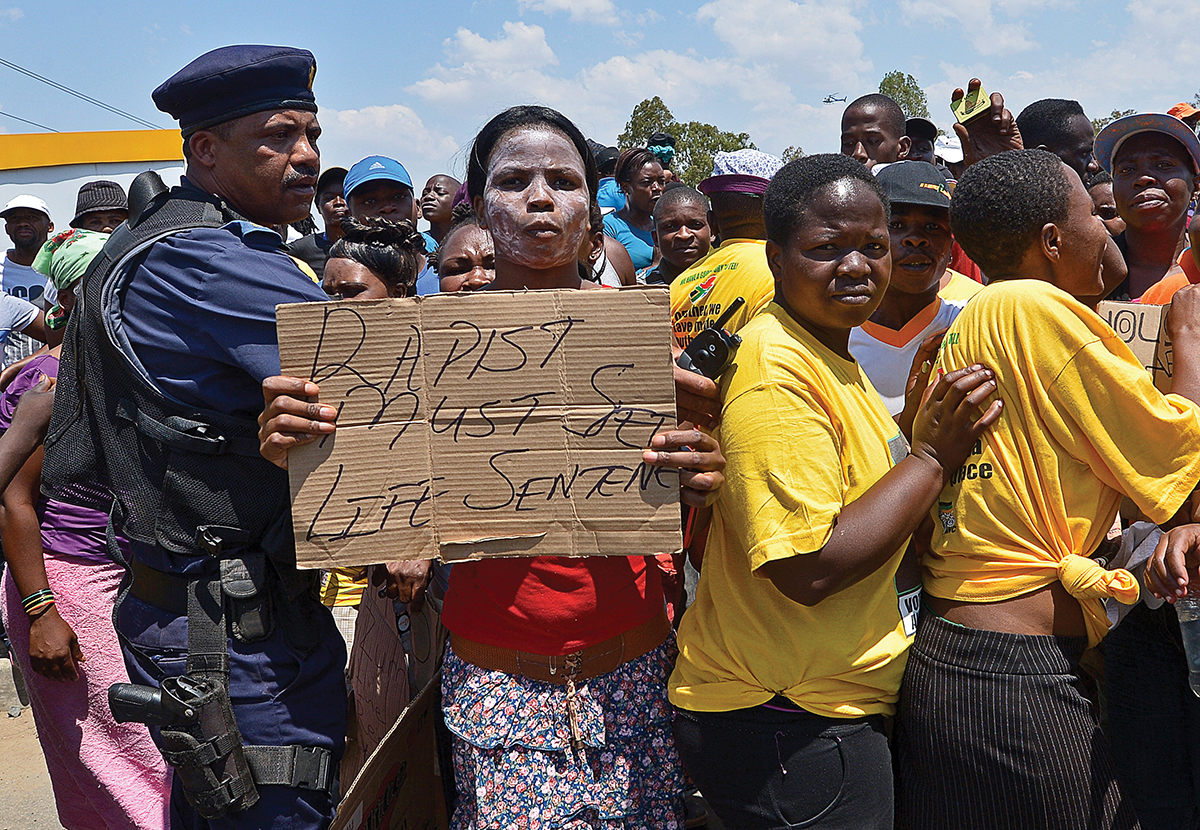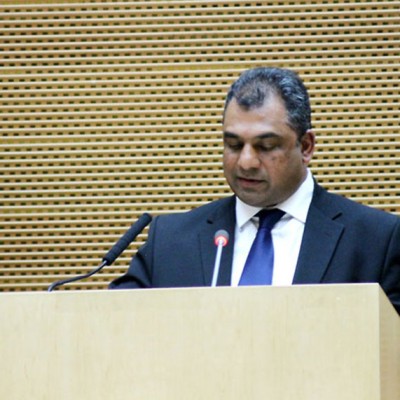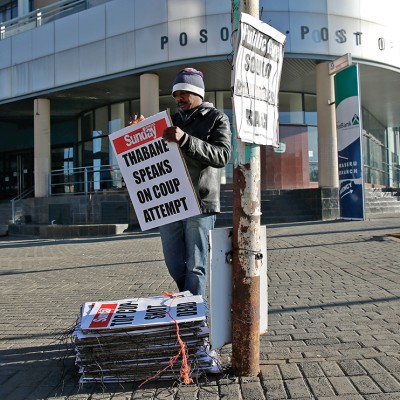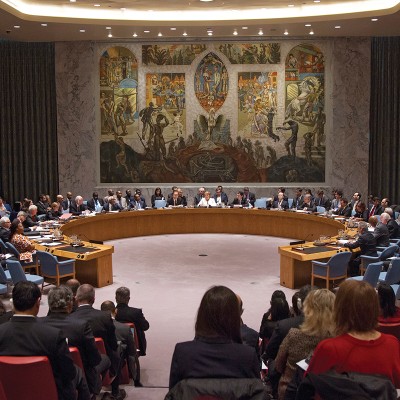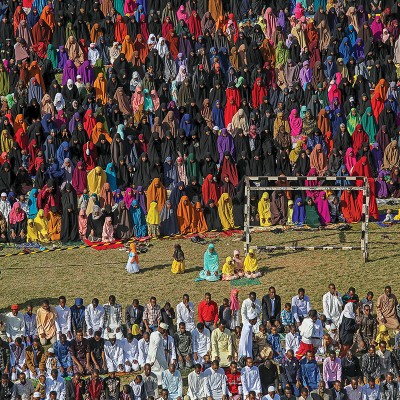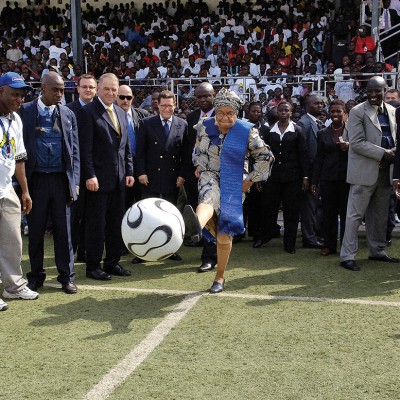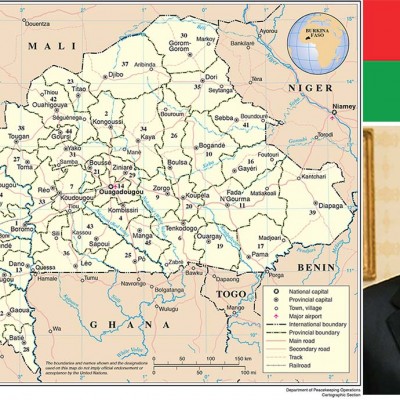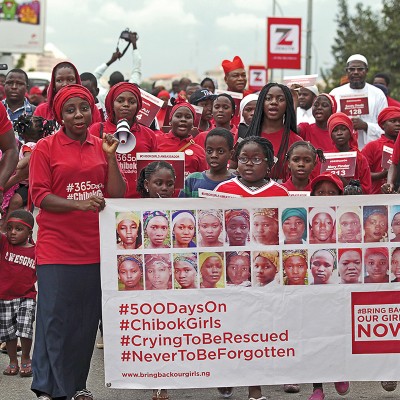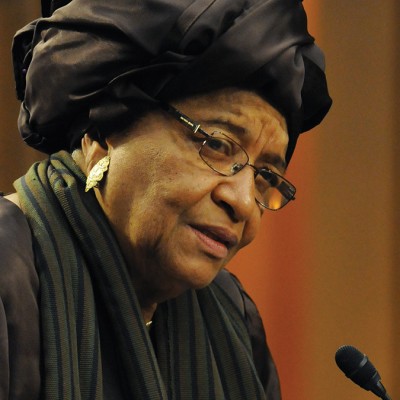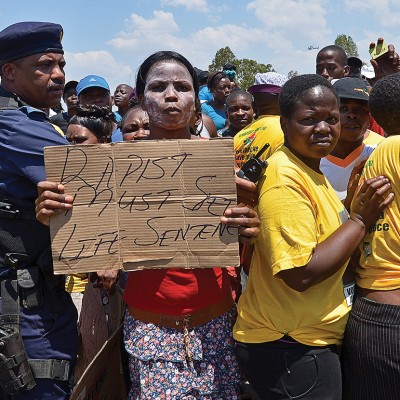Conflict-related sexual violence has been a feature of war for generations. The focus of this publication falls within the greater discussions on the implementation of United Nations Security Council Resolutions 1325 and 1820, which seek to prevent and respond to conflict-related sexual violence. There are scholarly works documenting the experiences of the victims and survivors of sexual violence experienced during conflict, with some progress evident in the fight against impunity in sexual violence. The publication under review provides a detailed events-based dataset of post-settlement sexual violence in six African conflicts: Burundi, the Democratic Republic of the Congo, Liberia, Mozambique, Sierra Leone and South Africa. The data that supports the arguments was gathered through focus group discussions with ex-combatants of armed organisations in the six countries, with Burundi as the main case study. The author undertook the study as part of her doctoral research. Many interpretations for the motives of armed groups engaging in sexual violence during conflict exist. The publication seeks to deviate from those interpretations and provide a more detailed evidence-based perspective and insight on the reasons and rationale provided by the armed groups. It also explains the diversity of impunity among armed groups. The publication is divided into 10 chapters that span from conceptualisation to evidence-based approaches to responding to impunity challenges in sexual violence during armed conflict.
The first chapter explains the main research problem and focuses on the introductory arguments on the concept of impunity in conflict-related sexual violence. The author defines impunity as confidence in the absence of negative consequences. She argues that the way combatants of civil war consider the consequences of sexual violence is a compelling, yet under-researched topic, noting that members of armed groups view the impact of sexual violence differently. Impunity is also under-researched, thus there is a need to develop a more concrete and differentiated way of observing it in the real world. This chapter draws from the experiences of South Africa, Burundi and Sierra Leone on how impunity impacted on the prevention of and response to sexual violence. From these experiences, there appear to be some variations across armed groups, as well as within armed groups, on the causes of impunity; variations which the author considers a rich research gap.
Chapter two discusses the nexus between liberal peacebuilding and impunity in relation to sexual violence. The author interrogates the ‘liberal peacebuilding’ policy and practice paradigm, and research on sexual violence, to succinctly illustrate the need for making impunity particularly important for policy development and implementation in conflict resolution, post-war peacebuilding and transitional justice. This chapter explains the contemporary model for promoting the rule of law and using justice to build peace by further exploring the concept of amnesty – an instrument that presents problems for the realisation of justice. The author draws upon the literature on liberal peacebuilding and impunity to address those conditions that give rise to confidence in the absence of negative consequences on acts of sexual violence. The publication further shows how repetitive and clear prohibitions on acts of sexual violence interact to prevent impunity. The author therefore argues that the explanations for armed group impunity reside in the quality of prohibitions and, importantly, their formulation and dissemination within the armed groups. This chapter also discusses the effect of amnesty on impunity and how these two factors hinder progress in addressing sexual violence in conflict situations.
Chapter three focuses on theorising impunity. It presents the theoretical framework for the study of the conditions that lead to armed group impunity for sexual violence. The author interrogates the various insights from liberal peacebuilding and research on sexual violence discussed in chapter two. She notes that the concept of impunity is elusive, and that there have been few studies on the topic and casual explanations using empirical material. The chapter therefore discusses the main propositions for armed group impunity for sexual violence, and presents a preliminary theoretical framework with three different explanatory factors of armed group impunity for sexual violence: flawed prohibitions, negligent authorities and amnesties. This framework is based on the assumption that armed group impunity for sexual violence is socially learned, through exposure to weak enforcement and pardons. This chapter thus builds on previous scholarly research that theorises impunity on sexual violence, with previous scholars arguing that institutional factors are critical in understanding impunity.
Chapter four discusses the research design and methodology of the study. It begins with an introduction of the research strategy and the methods of data collection used, and explains the rationale for the selection of the cases. This chapter highlights the specification of the variables for each part of the study. It expounds on the type of research strategy used in the collection of relevant empirical materials and analysis. The first two explanatory factors (highlighted in the previous chapter) – flawed prohibitions and negligent authorities – are rooted in the notion that weak enforcement leads to impunity. The last factor – amnesties – is based on the idea that pardons lead to impunity. To support these arguments, the research strategy revolved around two research questions: ‘What is the relationship between pardons and impunity for sexual violence?’ and ‘Which conditions lead to armed group impunity for sexual violence?’ The final part of the chapter also introduces the ethical issues of the study.
Chapter five is the first step in presenting the empirical material. It focuses on the association between amnesties and post-settlement sexual violence and the relationship between pardons and impunity for sexual violence. This chapter details the small-scale, aggregate exploration of post-settlement sexual violence, which highlights the history and background information about each conflict. It introduces the post-settlement sexual violence events dataset gathered from the six focus countries, and highlights the complexity of sexual violence events and the tenuous nature of analysis of reports on the violence identified. The chapter thus notes that theoretical assumptions about amnesty are not easy to prove, and the linkages with impunity in sexual violence increases this complexity. Previous research has shown that some armed actors continue to commit sexual violence in the first five post-conflict years. The chapter also presents a narrative of the patterns of post-settlement sexual violence, using descriptive statistics.
Chapter six focuses on Burundi, looking at the conflict and its postponed peace, and analyses the actions of the two rebel groups in the country. The chapter elaborates on the country’s political history, the civil war fought between 1994 and 2008 and the Arusha Peace Process – which resulted in the final peace agreement in the lengthy civil war. The Arusha Accord granted conditional amnesty and temporary immunity for combatants. This chapter explains that acts of genocide, crimes against humanity or war crimes were not eligible for amnesty or immunity. It concludes with a summary of the patterns of sexual violent events that are attributable to the National Council for the Defence of Democracy-Forces for the Defence of Democracy (CNDD-FDD) and Palipehutu-Forces for National Liberation (FNL). The author notes, however, that it is nearly impossible to obtain absolute proof about levels of sexual violence committed by CNDD-FDD and FNL during the civil war.
Chapter seven focuses on CNDD-FDD and impunity for sexual violence. The chapter provides an overview of this rebel group and a brief introduction to the participants in the focus groups who had served in the CNDD-FDD. The chapter thus provides an analysis of CNDD-FDD, giving a detailed account of the results of the focus group discussions with ex-combatants in Burundi. It reveals that CNDD-FDD was made up of between 8 000 and 12 000 armed soldiers. The organisation had a women’s league, although there were no women represented in the group’s high command. Less than 5% of the CNDD-FDD was made up of women. In this study, 32 participants had been fighters in CNDD-FDD between 1993 and 2006. Of these, 31% (10 out of 32) were women and 69% (22 out of 32) were men. Beyond the numbers, this chapter forms a foundation for the cross-case comparison of CNDD-FDD and Palipehutu-FNL, which has equally interesting statistics.
Chapter eight provides a comprehensive overview of the results for Palipehutu-FNL, based on the focus groups of ex-combatants in Burundi. This chapter provides a short discussion of the armed group, and a brief introduction to the participants who took part in the focus groups. It also provides an analysis of the main findings for the dependent variable – armed group impunity for sexual violence – and the three explanatory factors, or independent variables – flawed prohibitions, negligent authorities and amnesty.
Chapter nine analyses the formation of armed group impunity within CNDD-FDD and Palipehutu-FNL, and compares the evidence garnered from the focus groups discussions with the ex-combatants from both groups. It contrasts the different experiences of CNDD-FDD and Palipehutu-FNL by focusing on the independent variables. The chapter provides a cross-case comparison of the experiences of CNDD-FDD and Palipehutu-FNL on sexual violence and impunity.
The final and concluding part of this study is chapter 10. The author summarises the main findings, followed by reflections for future research. She highlights that armed group members need clear, repetitive and highly disseminated prohibitions to assess the predictability of negative consequences for sexual violence. The chapter explains that among the causes of armed group impunity for sexual violence is whether or not authorities reinforce flawed prohibitions. The author also notes that different ideologies may play a role in shaping social preferences for restraint and conditioning choices by leaders on sexual violence. The chapter concludes with a commentary on the implications of the study for policy efforts to address sexual violence within armed groups in contemporary civil wars.
To end impunity for sexual violence, it is important to understand when it is most likely to occur and why. The evidence-based approach adopted by the publication is unique and provides a basis for further discussions, supported by experiences from the perpetrators of sexual violence in conflict situations. This final chapter documents important untapped arguments of the persisting problem of impunity on sexual violence and rape in most African conflicts, adding to the growing literature on how to prevent and respond to conflict-related sexual violence.
The focus period in the publication is 1989–2011. With the changing nature of conflict and changing configurations of the actors in armed conflicts in recent years characterised by asymmetrical threats, the publication will benefit from further similar research and revision to reflect the current experiences and dynamics. Further, the study is limited to state armed actors or formally organised non-state armed groups that are engaged in violent armed conflict. The publication can also benefit from discussions that touch on the groups that are not formally organised or factions that do not have civilian and military structures, yet which pose similar threats and enjoy the impunity of sexual violence during conflict situations.

